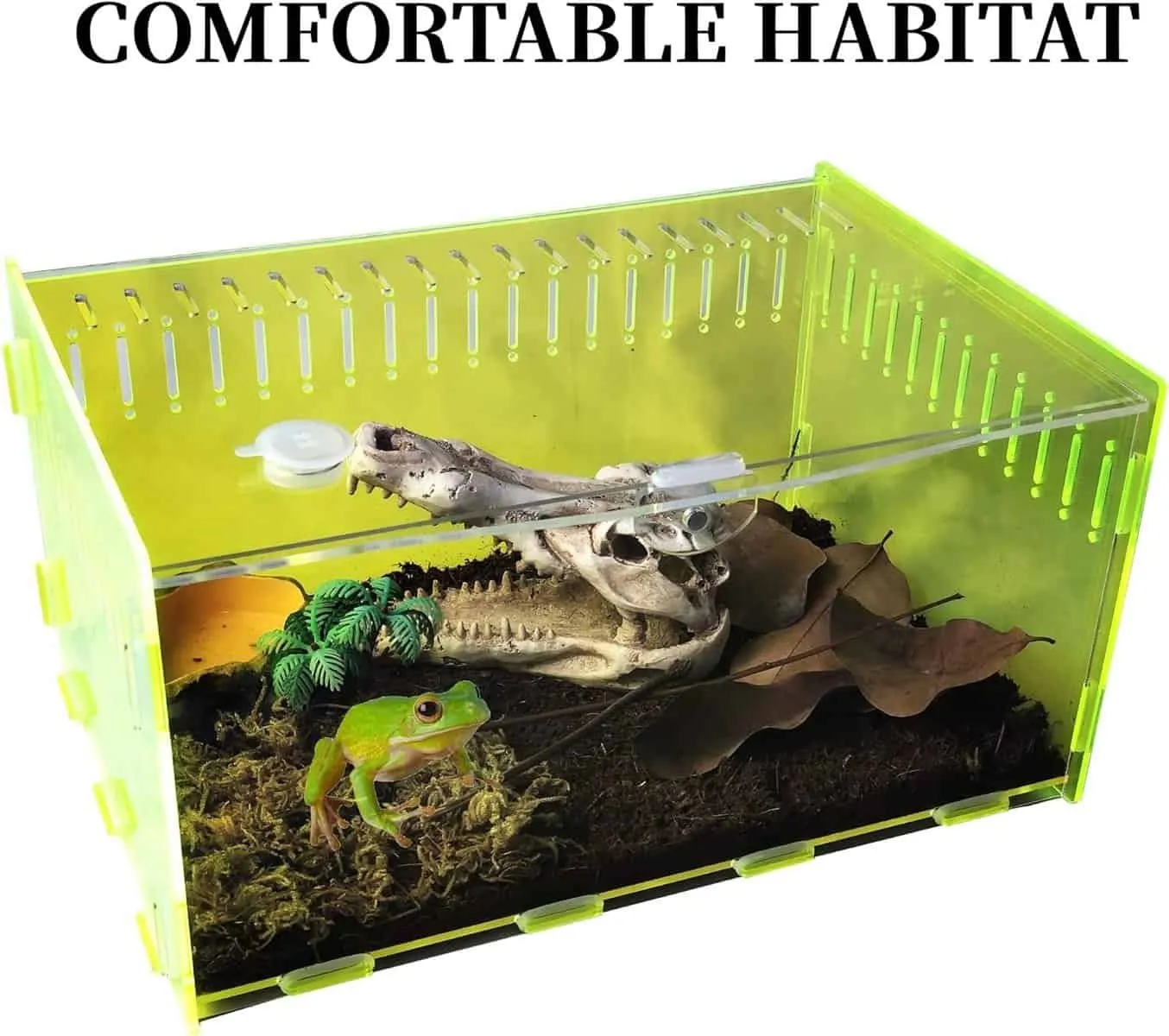Creating a suitable habitat is crucial for the health and well-being of your tarantula. One unique and enriching habitat option is a mushroom enclosure. This setup not only provides a visually appealing environment but also helps maintain humidity levels, offers interesting textures for your tarantula, and can even promote a naturalistic ecosystem. This guide will walk you through the steps of building a mushroom habitat for your tarantula, ensuring a safe and thriving home for your eight-legged friend. Remember, proper planning, and consistent maintenance are essential for success.
Planning Your Tarantula Mushroom Habitat
Before you start building, careful planning is necessary. Consider your tarantula species, its size, and its specific needs. Different tarantula species have different requirements. Research the preferred temperature, humidity, and substrate of your chosen species. A well-planned habitat will prevent potential issues such as excessive moisture, inadequate ventilation, or inappropriate hiding places. Think about the aesthetic you want to achieve, and gather your materials accordingly. Make sure everything you choose is safe for your tarantula; avoid anything that could be toxic or cause injury. This preparation will make the building process smoother and ensure the well-being of your tarantula.
Choosing the Right Enclosure
Selecting the correct enclosure is fundamental. The enclosure should be large enough for your tarantula to move around comfortably, but not so large that it feels exposed and stressed. The size depends on the tarantula’s size and whether it’s terrestrial, arboreal, or fossorial. A good rule of thumb is to provide a space that is at least twice the tarantula’s leg span in width and length, and at least one and a half times its leg span in height. Check the enclosure dimensions. Consider the material as well; glass or clear plastic are popular choices because they allow for easy viewing and are easy to clean. Whatever you choose make sure that enclosure will retain the appropriate humidity levels.
Size and Material Considerations
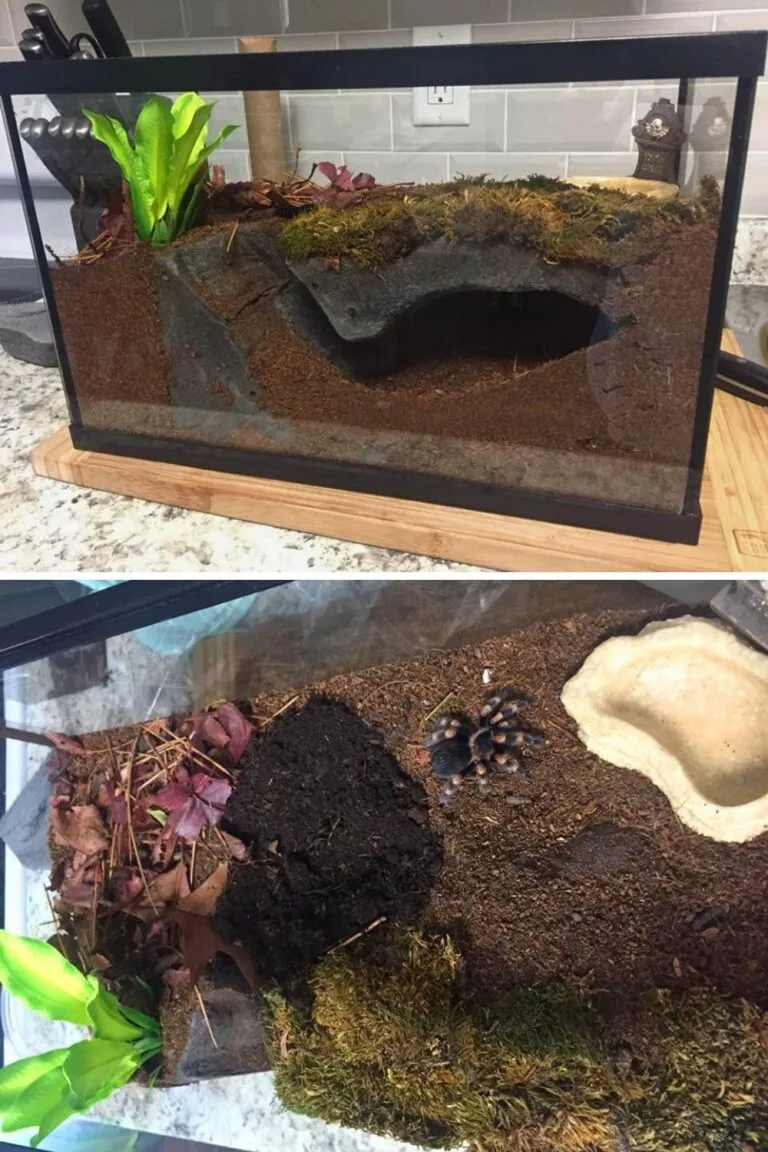
The size and material of your enclosure are crucial for the health and happiness of your tarantula. Larger tarantulas, such as some of the larger Theraphosidae species, will need larger enclosures to accommodate their size. The material of the enclosure impacts humidity control, ease of cleaning, and visibility. Glass enclosures are excellent because they offer great visibility and are relatively easy to clean. Plastic enclosures are another viable option, especially for juveniles, as they are lightweight and often more affordable. Make sure any enclosure has a secure lid to prevent escapes. Ensure the material is non-toxic and safe for the tarantula.
Ventilation and Humidity
Ventilation is vital to prevent mold and bacterial growth, but it must be balanced with the need for humidity. Ventilation is also crucial for air circulation, which is essential for preventing the buildup of harmful gases. Proper ventilation usually involves a combination of cross-ventilation and top ventilation. Cross-ventilation, like having holes on opposite sides of the enclosure, helps to move air through the enclosure. Top ventilation, such as mesh lids, allows for some airflow. To maintain the necessary humidity levels, the enclosure should have appropriate ventilation without being overly drafty. This delicate balance is critical for creating a healthy habitat for your tarantula. The ventilation should also take into account your substrate, so it doesn’t dry out too quickly.
Substrate Selection
The substrate forms the base of your tarantula’s habitat. It serves multiple purposes, including providing a surface for your tarantula to walk on, absorbing waste, helping to maintain humidity, and sometimes even allowing the tarantula to burrow. A good substrate mix will not only support the growth of mushrooms but also create a comfortable environment for your tarantula. Avoid substrates that are toxic or may harbor pests. Consider the needs of your tarantula. Some tarantulas like to burrow, so the substrate should allow for this behavior.
Ideal Substrate Mix for Mushrooms
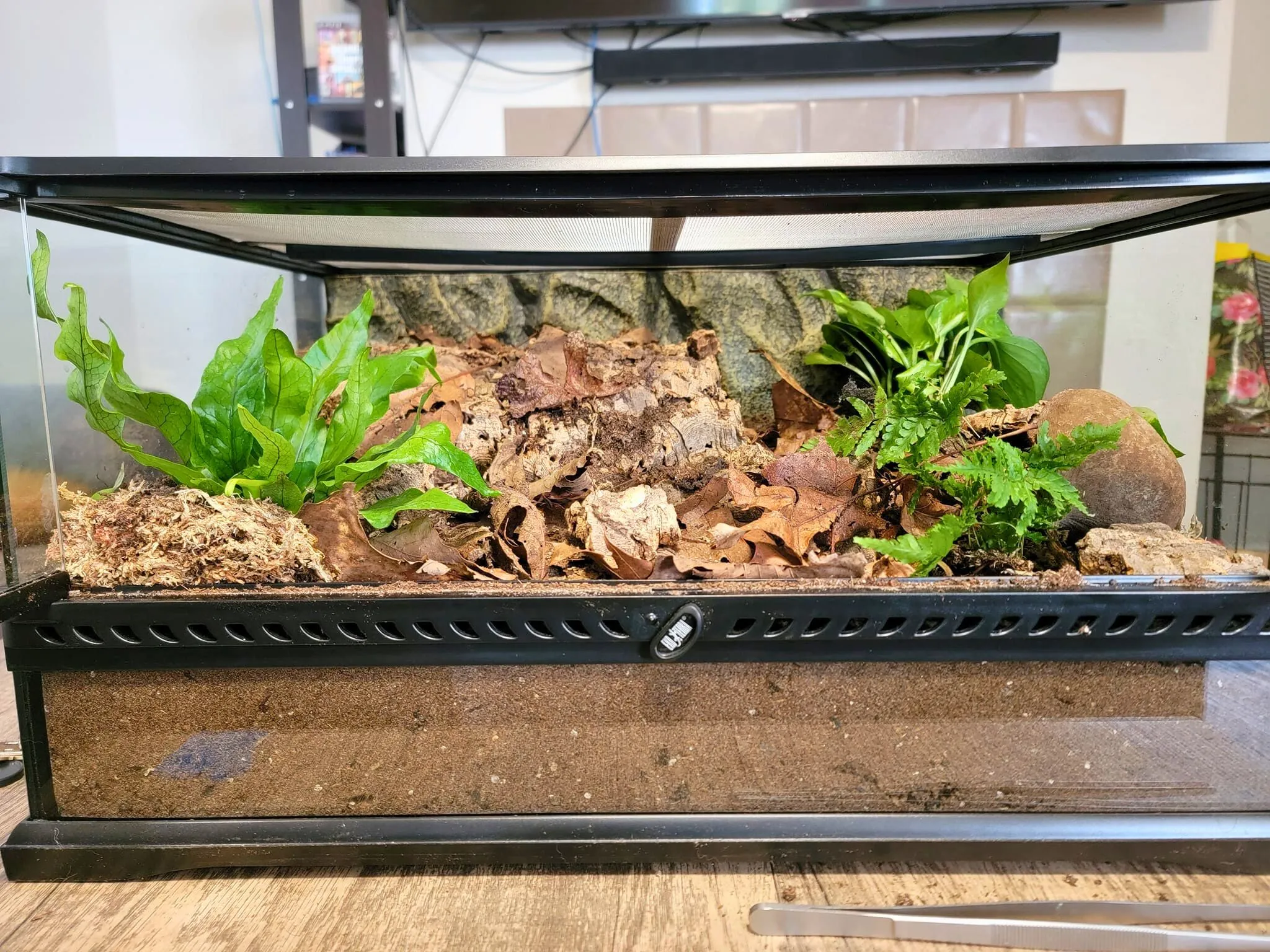
A suitable substrate mix for a mushroom habitat usually includes a combination of materials that promote moisture retention and allow for fungal growth. A common mix includes a base of peat moss or coco coir. Both are excellent at retaining moisture and offer a neutral environment. You can add a layer of sphagnum moss on top to maintain humidity. Adding a layer of leaf litter can introduce beneficial microorganisms and provide additional food for the mushrooms. A small amount of vermiculite or perlite can be added to improve aeration and drainage. Remember that the ideal ratio of ingredients depends on the specific humidity requirements of your tarantula species. The substrate should be deep enough to allow the tarantula to burrow if it is a burrowing species, typically several inches.
Maintaining Humidity Levels
Maintaining the correct humidity levels is crucial for your tarantula’s health and well-being. Proper humidity helps with molting, prevents dehydration, and supports the health of your tarantula. You can use a hygrometer to monitor humidity. Humidity levels are influenced by the substrate, ventilation, and the frequency of misting. For many tarantula species, aim for humidity levels between 60% and 80%. To increase humidity, mist the enclosure with dechlorinated or bottled water. You can also add a water dish to help increase humidity through evaporation. The substrate should always be slightly moist but not soggy. Adjust the ventilation and misting frequency to reach the required humidity range. Ensure the enclosure is properly sealed and that moisture is not escaping.
Mushroom Species and Placement
Choosing the right mushroom species and placing them in the enclosure is essential for a successful mushroom habitat. Not all mushroom species are suitable for tarantula enclosures, and some can be toxic. The mushrooms should be safe for your tarantula, non-toxic, and provide a natural aesthetic to the enclosure. Research mushrooms that grow well in humid environments and are safe for pets. Proper placement will enhance the enclosure’s aesthetic appeal and support the mushrooms’ growth. Avoid overcrowding the enclosure with mushrooms. Ensure the mushrooms have adequate airflow and space to grow. A well-planned setup will not only look good but also create a healthy environment for your tarantula and the mushrooms.
Suitable Mushroom Types
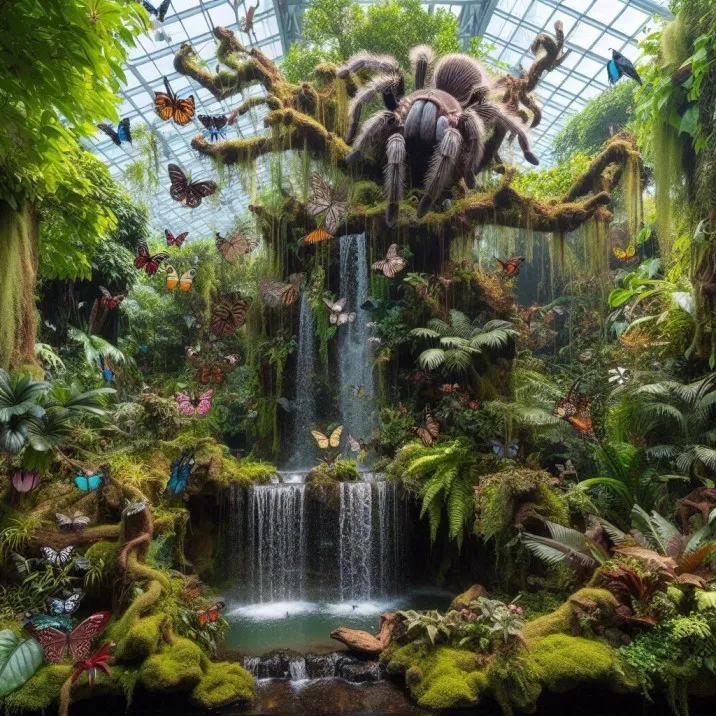
When selecting mushroom species for your tarantula’s habitat, prioritize safety and suitability. Avoid any mushroom species that are known to be toxic to animals. Some safe and easy-to-grow options include oyster mushrooms (Pleurotus spp.) and certain types of shiitake mushrooms (Lentinula edodes). Before introducing any mushroom into the enclosure, make sure it is safe and has not been treated with any chemicals. Start with a small number of mushrooms, and monitor their growth and your tarantula’s interaction with them. Consider also using commercially available mushroom kits specifically designed for terrariums, as these often include safer and easier-to-grow mushroom varieties.
Arranging Mushrooms in the Enclosure
The arrangement of mushrooms in your tarantula’s enclosure is a crucial part of creating an aesthetically pleasing and functional habitat. Consider both the visual appeal and the needs of the tarantula and the mushrooms. Mushrooms should be placed to create a naturalistic environment that enhances the enclosure’s overall aesthetic. Plant them in a way that resembles their natural environment, providing visual interest for you and your tarantula. You can place mushrooms strategically to create hiding spots or to enhance the enclosure’s decorative elements. Use different substrates to create areas for mushroom growth and offer different textures for your tarantula. The positioning of the mushrooms should not obstruct your tarantula’s movement. Regularly check the arrangement of the mushrooms to ensure they’re growing well and not interfering with the tarantula’s activities.
Decorating the Habitat
Decorating the habitat goes beyond the essentials, it provides enrichment for your tarantula. Adding decorations makes the environment more stimulating and provides your tarantula with more exploration opportunities. Carefully selected decorations will not only enhance the visual appeal of the enclosure but also provide essential enrichment for your tarantula. Provide hiding places, climbing structures, and other items to stimulate your tarantula and make it feel more secure in its habitat. Proper decorations enhance the habitat’s aesthetic appeal and support the health and happiness of your tarantula.
Essential Decorations for Tarantulas
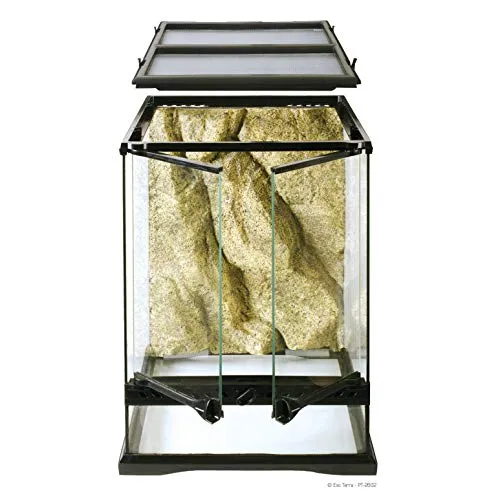
The decorations should enhance the enclosure’s natural appearance and offer your tarantula opportunities for exploration, hiding, and climbing. Hiding places are essential, as tarantulas are naturally reclusive animals. Cork bark, hollow logs, or commercially available tarantula hides are excellent choices. These provide security and a place for the tarantula to retreat. Climbing structures, like branches or driftwood, are beneficial for arboreal species. Use safe and non-toxic materials in your tarantula enclosure. Avoid anything that might be sharp, toxic, or could fall and injure your tarantula. Before placing any decorations, clean them. Decorations should be easy to clean and replace. The goal is to mimic the tarantula’s natural environment, providing enrichment and making the tarantula feel secure.
Hiding Spots and Climbing Structures
Hiding spots are essential for tarantulas, as they are naturally secretive creatures. Provide several options for your tarantula to retreat to when it feels threatened or wants to rest. Cork bark is a popular choice because it offers a natural look and provides excellent hiding places. Hollow logs, or even commercially available tarantula hides, also work well. Climbing structures are important, particularly for arboreal tarantulas. Branches, driftwood, or other sturdy climbing materials will provide opportunities for your tarantula to explore its environment. Make sure any climbing structures are securely placed so they won’t fall. Place decorations that give the tarantula options, and observe its preferences to optimize the habitat. Secure all decorations and hides to prevent them from falling and potentially injuring your tarantula.
Water and Feeding
Providing the correct water and food is essential for the health of your tarantula. Ensure your tarantula has access to fresh water at all times, and that its diet is well-balanced and appropriate for its species. Water is crucial for maintaining hydration, and a balanced diet will keep your tarantula healthy and help support its molting process. Regularly monitor your tarantula’s feeding habits. Proper feeding practices are crucial for a tarantula’s overall health.
Watering Techniques and Frequency
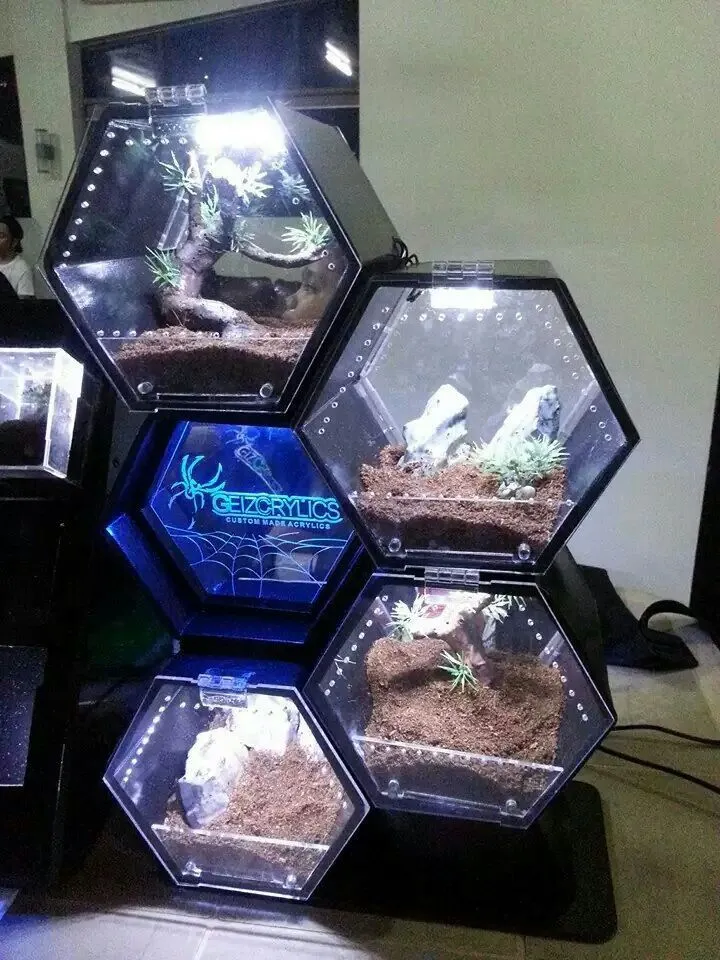
Water should be available to your tarantula at all times. The water dish should be shallow to prevent drowning. A small, shallow water dish is generally recommended, as it reduces the risk of your tarantula falling in and drowning. Use dechlorinated water, or bottled spring water, as tap water can contain chemicals harmful to your tarantula. Refill the water dish regularly to ensure a clean and fresh water supply. The frequency depends on the size of the tarantula and the environmental conditions, but daily or every other day is usually sufficient. Observe your tarantula. The humidity of the environment should be controlled. Keep an eye on humidity levels and adjust misting to maintain the correct humidity. A well-hydrated tarantula is a healthy tarantula.
Feeding Your Tarantula in the Enclosure
The diet of a tarantula primarily consists of insects. Crickets, mealworms, and roaches are common food choices. The size of the prey should correspond to the tarantula’s size. A good rule is to offer prey that is no larger than the tarantula’s abdomen. Feed your tarantula every few days, depending on its age and species. Juvenile tarantulas will eat more often than adults. Remove uneaten prey to prevent stress for the tarantula and prevent the growth of mold or mites. The frequency of feeding will depend on the tarantula’s species, age, and activity level. Avoid overfeeding. Offer a varied diet to ensure your tarantula receives all necessary nutrients. Supplement the diet with vitamins and minerals as needed, especially for juveniles. Always keep an eye on your tarantula’s body condition to ensure it’s neither too thin nor too plump.
Maintaining the Habitat
Maintaining the habitat is essential for the long-term health and well-being of your tarantula. This includes routine cleaning, monitoring the environment, and taking preventative measures against potential problems. Cleaning the enclosure regularly will prevent the buildup of waste products. Regular monitoring will allow you to detect any issues early on. Maintaining the habitat ensures a healthy environment and prolongs your tarantula’s lifespan. A well-maintained habitat will make your tarantula happy and healthy.
Cleaning and Waste Removal
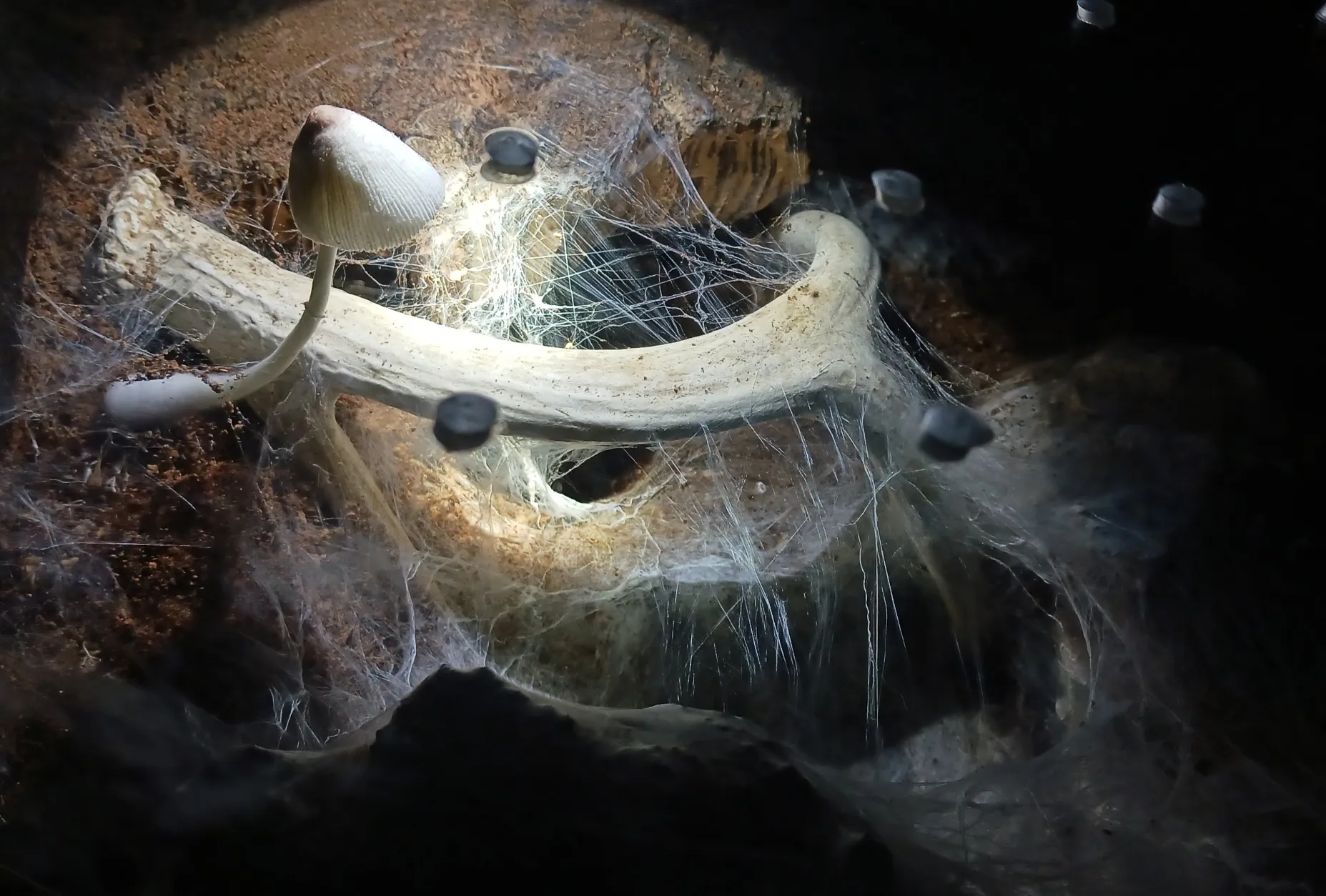
Regular cleaning is critical to maintain a healthy environment for your tarantula. Remove any uneaten food or dead insects as soon as possible. Check for and remove any visible waste products. Spot-cleaning the enclosure should be done regularly, usually every one to two weeks. If the substrate becomes heavily soiled, a full substrate change will be necessary. During the cleaning, wear gloves to protect yourself from potential irritants and bacteria. Ensure all cleaning products are safe. Clean the water dish regularly to prevent the buildup of algae and bacteria. Proper cleaning practices are essential for maintaining a healthy environment and preventing health problems for your tarantula.
Monitoring Humidity and Temperature
Regularly monitoring humidity and temperature is essential for maintaining an ideal environment for your tarantula. Use a hygrometer to measure humidity. Keep the temperature within the optimal range for your tarantula species. If needed, use a heat lamp or heat mat. Too much or too little heat or humidity can be detrimental to your tarantula’s health. Adjust the ventilation and misting frequency to maintain the appropriate humidity levels. Keep the enclosure out of direct sunlight. Avoid placing the enclosure near drafts or heat sources. Consistent monitoring ensures the enclosure meets the requirements of your tarantula and helps prevent any issues related to temperature or humidity.
Preventing Mold and Pests
Preventing mold and pests is a crucial part of tarantula care. Proper humidity levels are essential to prevent mold growth. Ensure the enclosure has adequate ventilation. Inspect the substrate regularly. Remove any mold. Use a substrate that is resistant to pests. Pests like mites and springtails can infest the enclosure, causing discomfort to your tarantula. Quarantine any new decorations or substrate before introducing them. Clean the enclosure regularly. Control and remove any pests promptly. Regular cleaning, proper ventilation, and quarantine practices will help prevent mold and pests. Proper preventative measures help keep your tarantula’s habitat clean and healthy.
Building a mushroom habitat for your tarantula is a rewarding project that can provide an enriching environment for your pet. By following the steps outlined in this guide, you can create a stunning and functional habitat that will enhance the life of your tarantula. Remember, careful planning, correct materials, and consistent maintenance are keys to a successful enclosure. Your tarantula will thank you for creating a comfortable and stimulating home. Enjoy the process and the unique beauty of a mushroom habitat!
